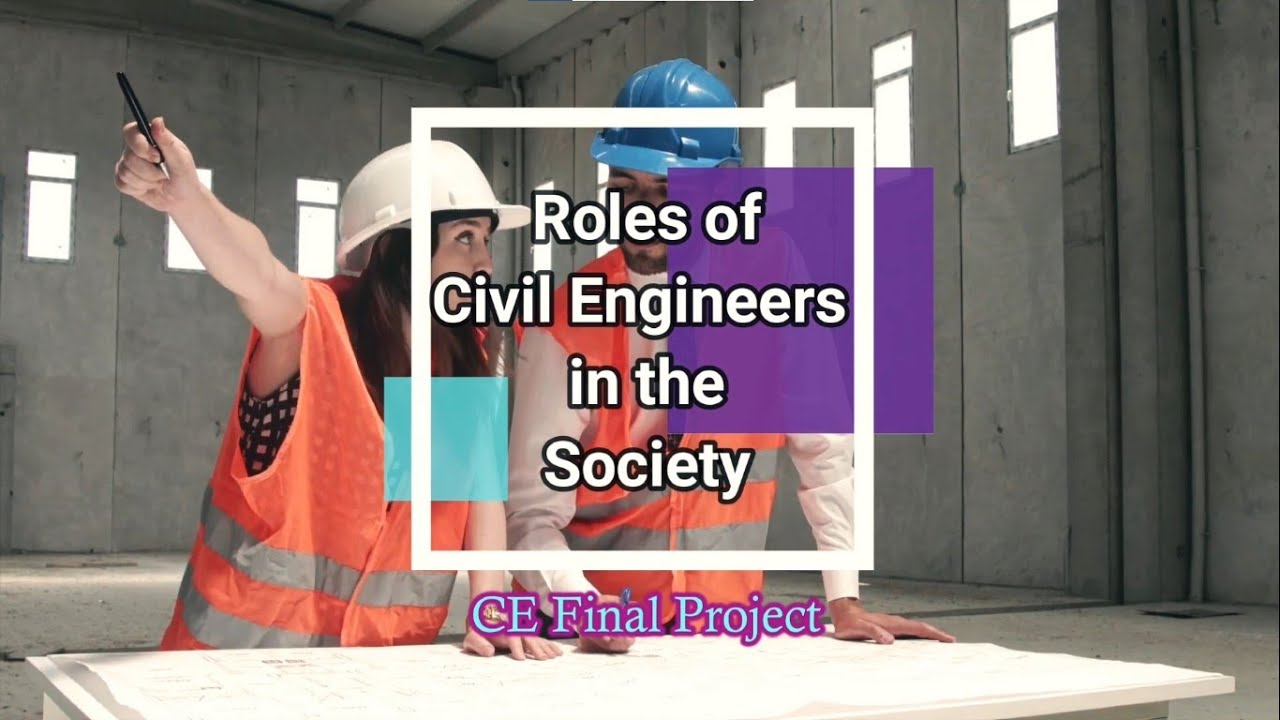Highway and Railroad Engineering - Chapter 1 - Introduction
Summary
TLDRThis video script delves into the fundamentals of highway and railroad engineering, emphasizing the critical role of highways in economic development, transportation systems, and human civilization. It discusses the impact of highways on the economy, supply chains, and energy consumption, as well as the challenges of traffic congestion, safety, and environmental concerns. The script also highlights the influence of technological advances on infrastructure, vehicles, and traffic control, while acknowledging the complexity of highway engineering and traffic analysis.
Takeaways
- 🛣️ Highway engineering is a critical component of transportation infrastructure, playing a significant role in the development and sustainability of human civilization.
- 💼 Highway transportation has a substantial impact on the economy, influencing industries related to vehicle production, construction, maintenance, and supply chains.
- 🏗️ The construction and maintenance of highways in the U.S. involve over 200 billion dollars in expenditures, affecting employment and contributing to the national economy.
- 🚗 Households spend more than 15% of their income on vehicles, highlighting the importance of the automotive industry in the economy.
- 🔍 Highway construction and improvements can influence economic development, although measuring these impacts is complex due to regional and national economic trends.
- 🌳 Highway transportation is a major consumer of fossil fuels and contributes significantly to urban pollution, making it a target for energy conservation and environmental mitigation efforts.
- 🚦 Traffic control technologies, such as intersection signals, are essential for managing the trade-off between mobility and safety on highways.
- 🌐 Highway transportation is part of a larger system that includes air, rail, water, and pipeline transportation, with highways being the dominant mode for most passenger and freight movements.
- 👥 Passenger transportation modes within the highway system include private vehicles, public transport, and shared transportation, affecting overall system performance.
- 🚦 Traffic congestion is a complex problem with economic, social, environmental, and political implications, influenced by factors such as vehicle occupancy rates and social demographics.
- 🛠️ Technological advances in infrastructure, vehicles, and traffic control offer solutions to complex highway problems but also present challenges that need to be managed.
Q & A
What is the primary subject discussed in the first module of the course?
-The primary subject discussed in the first module is an introduction to highway engineering and its analysis.
What are the four main modes of transportation mentioned in the script?
-The four main modes of transportation mentioned are highways, railroads, waterways, and airways.
How does highway transportation influence the economy of nations?
-Highway transportation influences the economy by directly affecting industries that supply vehicles and equipment, those involved in highway construction and maintenance, and by serving as regional and national economic engines.
What is the impact of highway systems on employment and the economy in the U.S.?
-Highway systems impact employment and the economy by contributing to over 16 million jobs annually and generating around 400 billion dollars in sales.
What is the significance of highways in economic development?
-Highways are significant in economic development as they can influence regional and national economic trends, despite the challenge of measuring these impacts directly.
How do highways contribute to environmental concerns?
-Highways contribute to environmental concerns as they are major consumers of fossil fuels and significant contributors to urban pollution, including greenhouse gas emissions and volatile organic compounds.
What role do highways play within the larger transportation system?
-Highways play a dominant role within the larger transportation system, which includes air, rail, water, and pipeline transportation, by handling most passenger and freight movements.
What are the challenges associated with managing traffic congestion?
-Managing traffic congestion is a complex problem with economic, social, environmental, and political implications, and it involves balancing the flexibility of private vehicle use with the need for efficient transportation.
Why is highway safety a primary consideration in highway design and operation?
-Highway safety is a primary consideration due to the high cost of highway accidents in terms of loss of life, injuries, property damage, and reduced productivity.
How have demographic trends affected the planning and design of highways?
-Demographic trends, such as population declines in central cities and growth in suburban areas, have led to changes in travel patterns, requiring engineers to adapt highway design to accommodate these shifts and provide mobility and safety.
What technological advances have impacted highway infrastructure, vehicles, and traffic control?
-Technological advances have impacted these areas through government regulations on air quality, fuel efficiency, and safety, energy shortages and price increases, and intense competition among vehicle manufacturers, leading to innovations in vehicle design and traffic control systems.
Outlines

此内容仅限付费用户访问。 请升级后访问。
立即升级Mindmap

此内容仅限付费用户访问。 请升级后访问。
立即升级Keywords

此内容仅限付费用户访问。 请升级后访问。
立即升级Highlights

此内容仅限付费用户访问。 请升级后访问。
立即升级Transcripts

此内容仅限付费用户访问。 请升级后访问。
立即升级浏览更多相关视频

Lecture Video of Study Guide 1 in Highway & Railroad Eng’g - Part 1 (Tagalog)

Role of Civil Engineers in the Society

Why Moving People is Complicated: Crash Course Engineering #41

How highways wrecked American cities

May 2022 CE Past Board Exam Problems in Mathematics, Surveying, and Transportation Engineering

Pengembangan Aplikasi Kecerdasan Artifisial dengan App Inventor - Informatika Kelas XI
5.0 / 5 (0 votes)
